motorcycles Albertino
Restoration of Classic Motorcycles: A Step-by-Step Guide for Collectors
The restoration of classic motorcycles is an art that goes beyond the mere rejuvenation of old vehicles. It is a meticulous process that involves passion, technical skill, and a profound respect for the history on two wheels. In this article, we will guide motorcycle enthusiasts through an engaging step-by-step process, highlighting the challenges and rewards of restoring classic motorcycles.
Research and Planning:
Before embarking on any restoration project, it is imperative to conduct comprehensive research on the specific model of the motorcycle to be restored. This crucial phase involves the meticulous identification of original parts, analysis of authentic color schemes, and understanding the technical characteristics of the vehicle. Meticulous planning at this initial stage is essential to avoid unpleasant surprises during the restoration process.
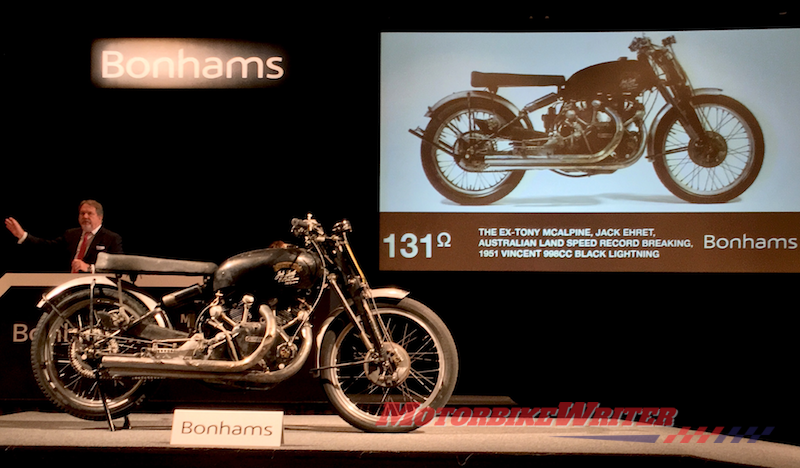
Comprehensive research not only provides a deeper understanding of the history and specifications of the motorcycle but also guides subsequent decisions related to authenticity and fidelity to the original configuration. This preparatory stage is the foundation upon which the entire restoration project will be built.
Acquisition of the Motorcycle and Disassembly:
The choice of the right motorcycle for the restoration process represents the fundamental starting point. Many collectors focus their search on classic models that not only represent a specific era but also may have significant sentimental value. After acquiring the selected motorcycle, the next critical step is the careful disassembly.
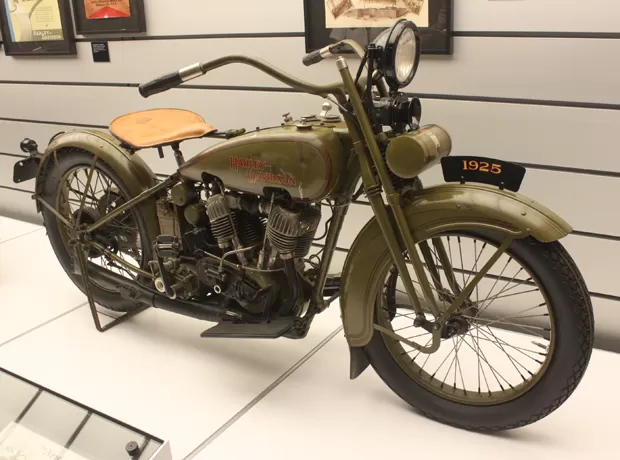
This stage involves the methodical removal of all motorcycle parts, following an organized and documented process. Each removed component is recorded in detail, and photographs can be valuable for later reference. This meticulous approach not only facilitates an understanding of the motorcycle’s internal structure but also simplifies the reassembly phase, ensuring that each part is reinstalled accurately.
While disassembling the motorcycle, restorers have the opportunity to assess the condition of each component, identify parts that require replacement, and establish a clear plan for subsequent steps. This initial process, when executed accurately, lays the groundwork for a successful restoration, turning the motorcycle revitalization journey into a methodical quest for excellence.
Assessment and Structural Repairs:
The Assessment and Structural Repairs stage is of critical importance in the motorcycle restoration process. A meticulous assessment of the structural condition is conducted, with a special focus on the chassis, frame, and major components. Any sign of structural damage is identified and treated, involving processes such as welding for repairs, corrosion treatment, and reinforcement as needed. The goal is to ensure that the structural foundation of the motorcycle is robust and safe to withstand the demands of the road.
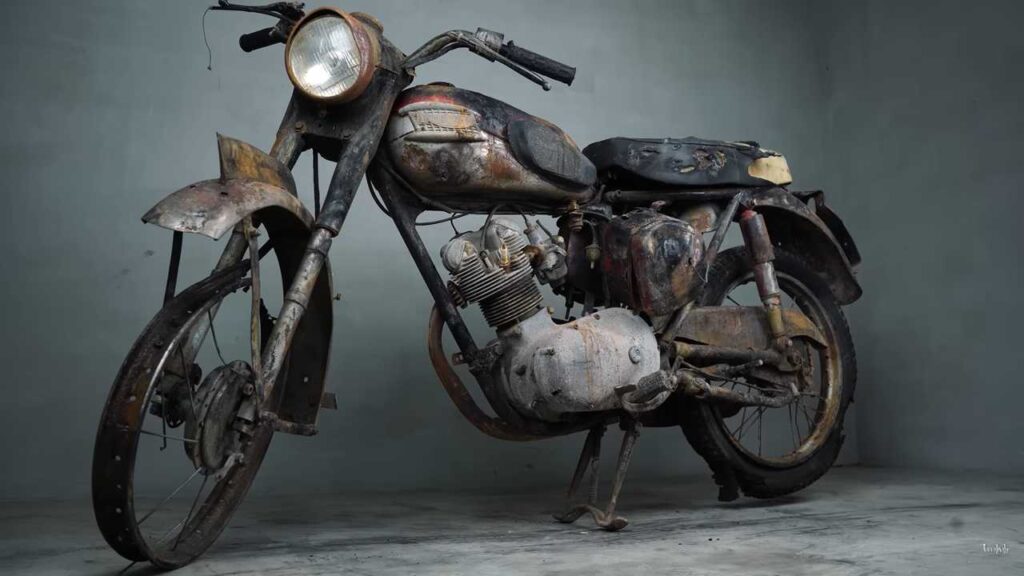
This phase is not limited to addressing apparent damage but also involves a thorough inspection to identify any excessive wear that may compromise structural integrity in the future. Attention to detail at this stage is crucial to ensure that the motorcycle not only regains its aesthetics but also its functionality and safety.
Aesthetic Restoration:
The Aesthetic Restoration is the phase where the motorcycle begins to regain its original beauty. This stage involves a series of procedures to revitalize the visual parts of the motorcycle. The restoration of chromed parts is carried out, restoring the shine and original appearance. Painting, when applicable, is carefully restored to match the original color and finish.
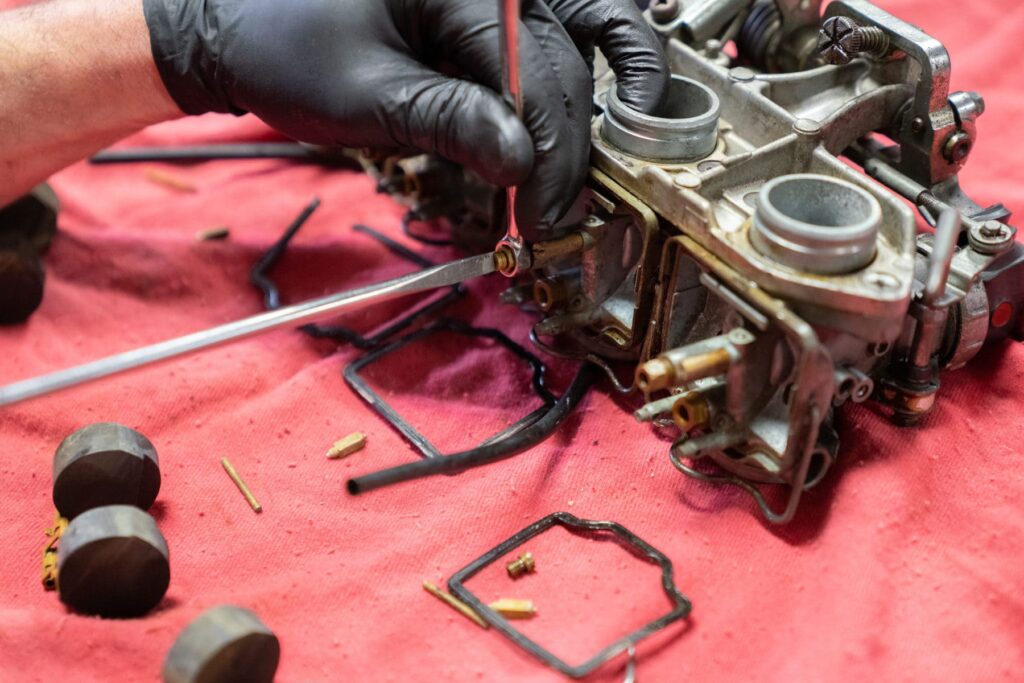
A challenging part of this phase is the replacement of worn-out parts, especially those that are rare or specific to the model. Detailed research becomes essential, often involving collaboration with other enthusiasts and the search for authentic parts. The goal is not only to return the motorcycle to its original aesthetics but also to preserve the authenticity and historical value of the model.
Upon completing the Aesthetic Restoration, the motorcycle emerges as a restored work of art, combining visual beauty with structural integrity. This phase represents a significant milestone in the restoration process, transforming the motorcycle into not only a functional machine but also an object of admiration for enthusiasts and collectors.
Engine and Mechanical Rebuild:
The crucial point of restoration is the Engine and Mechanical Components Rebuild, where the heart of the motorcycle receives meticulous attention. This phase involves a series of specialized procedures, including cylinder honing, piston replacement, precise adjustments, and the restoration of electrical systems. Rebuilding the engine is not just a matter of restoring power; it is a commitment to the authenticity and functionality of the motorcycle.
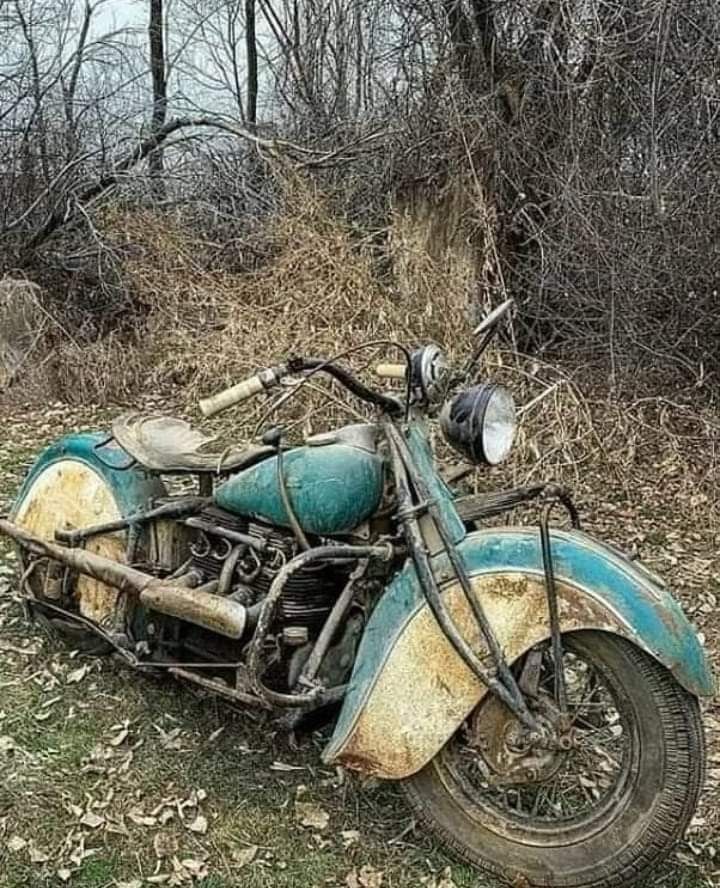
Attention to detail is imperative at this stage, where each engine component is evaluated and restored to original specifications. This not only ensures optimal performance but also preserves the authenticity of the vehicle. The quality of the engine rebuild is a determining factor in the performance and durability of the restored motorcycle.
Assembly and Testing:
With all parts restored and the engine rebuilt, the Assembly and Testing phase begins. This process requires patience and precision, ensuring that each part is positioned in the correct place. Assembly is not just a mechanical step but a careful choreography to ensure that the motorcycle regains its original form.
After assembly, rigorous testing is essential to verify the functionality and safety of the motorcycle. These tests cover all systems, from the engine and transmission to brakes and electrical systems. The goal is to ensure that the restored motorcycle not only resembles its original condition but also meets modern standards of safety and performance.

The successful completion of this phase marks the rebirth of the restored motorcycle. Every meticulously rebuilt detail and every skillfully reinstalled component converge to create not only a functional machine but a masterpiece on wheels. Assembly and testing represent the final validation of the effort invested in the restoration, turning the motorcycle into a true gem of motorcycling.
Preservation and Display:
After the completion of the restoration, the subsequent stage is the implementation of Preservation practices to ensure the integrity of the motorcycle over time. Proper storage plays a key role in this process, protecting the restored motorcycle against adverse conditions that may compromise its condition. Additionally, regular maintenance is essential to preserve the newly restored shine and performance.
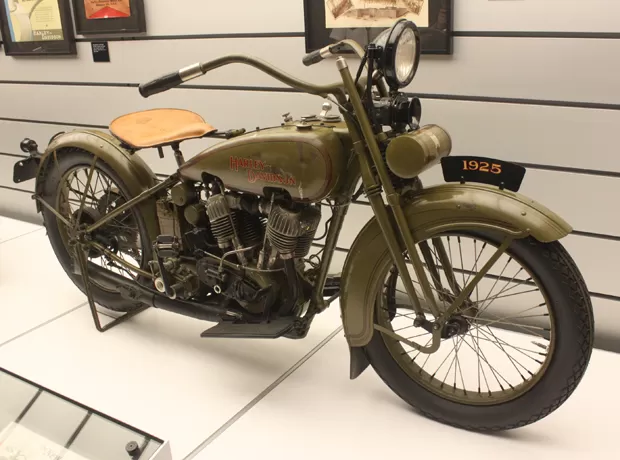
Participating in classic motorcycle events is a rewarding way to celebrate the hard work invested in the restoration. These events provide a platform to share the beauty of the restored motorcycle with other enthusiasts, exchange experiences, and immerse in the rich culture of classic motorcycling. Displaying the motorcycle at events offers not only recognition but also the opportunity to inspire and captivate those who share a passion for the two-wheeled world.
Conclusion:
The restoration of classic motorcycles transcends the mere revitalization of a machine; it is an act dedicated to preserving the history of motorcycling. Collectors who embark on this journey face challenges but also experience a unique satisfaction in resurrecting machines that tell stories from decades past. Each restored motorcycle is a tribute to tradition, a celebration of timeless engineering, and a way to keep alive the flame of passion for motorcycling.
The restoration of classic motorcycles is, therefore, more than a hobby; it is a contribution to the preservation of motorcycle heritage. Each restored motorcycle is a living witness of the past, a connection between generations, and a tangible representation of the evolution of motorcycling over time. In this context, restoration not only rescues machines but also preserves the soul and essence of classic motorcycling for present and future generations.

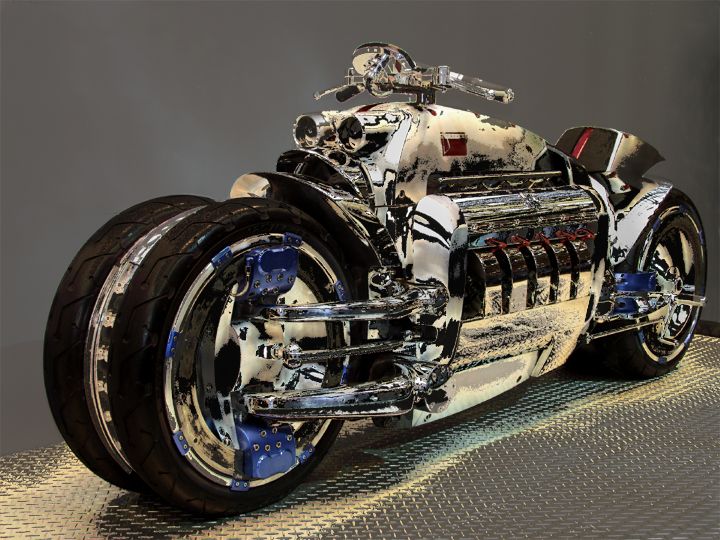
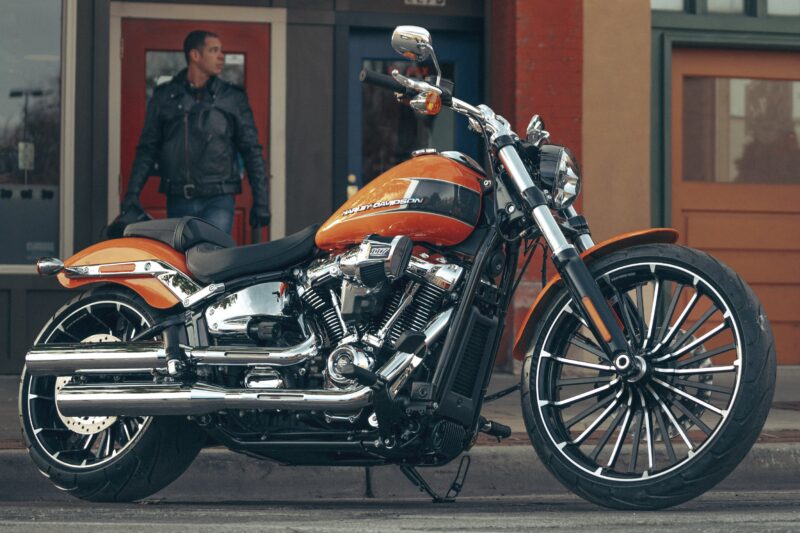
Seja o primeiro a comentar!